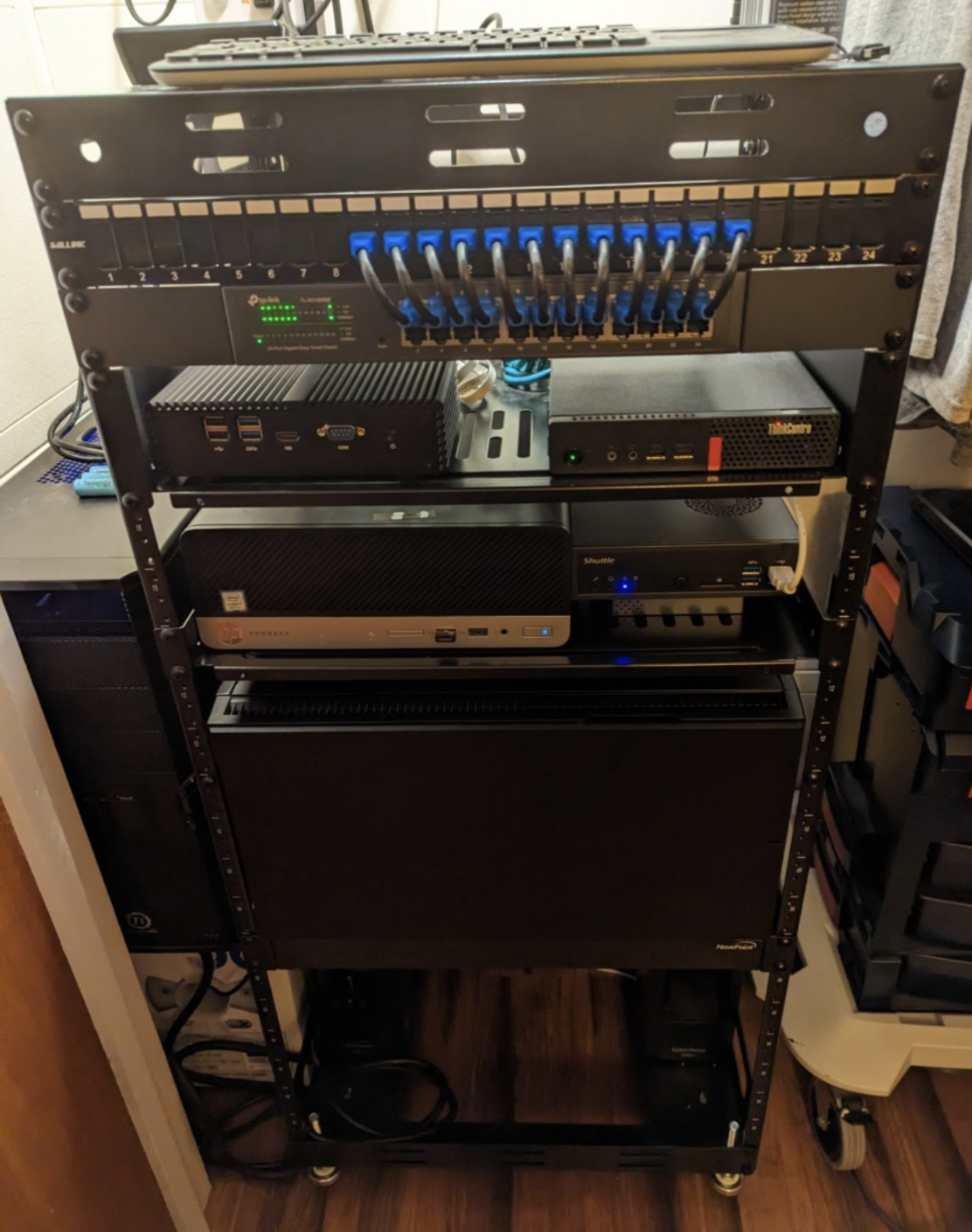

Disk space is definitely an issue, but I think I’ve got my single user instance dialed in on a 2 vcpu/4gb/30GB RAM Hetzner VPS; a cron job that runs at the first of every month deletes pictrs files over 30 days old. Currently at 74%.
A lot of bean memes died the day that job first ran.

In this, the worst timeline, I am glad that there is no need to add “allegedly”, as Zuck is clearly an alpha degen.